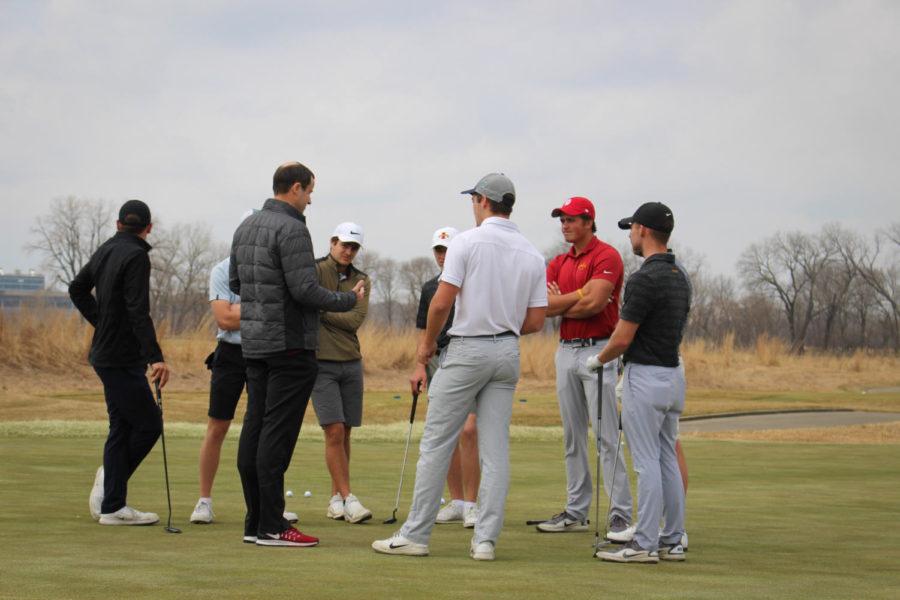When is there enough?
November 22, 1996
As corporate sponsors pump big bucks into university athletic departments, one question arises: How much is too much?
Iowa State, which began its corporate sponsorship program in 1992, now generates more than $400,000 annually from at least 25 sponsors. This consists of 3 percent of the ISU athletic department’s $15.86 million budget.
Its top sponsors include Coca-Cola, Pioneer Hi-Bred International, Inc. and Norwest Bank of Iowa, said Scott Barnes, ISU associate athletic director for development and special projects.
Compared to the other universities, Iowa State is tied with the University of Missouri and Kansas State University in the Big 12 Conference for generating the lowest amount from sponsors.
The conference schools generating the most from corporate sponsors are Baylor, which receives at least $1 million, and the University of Colorado, which receives up to $3 million.
Officials at nearly all Big 12 schools say there is a point when college athletics become over-commercialized, but they differ greatly on where to set that limit.
“You can put a sponsorship together that flows with the event, but there’s a line you can’t cross,” said Randy Sissel, director of sports marketing at Missouri. “You don’t want to over-commercialize your events. The fans can only take so much commercialism.”
Big 12 athletic marketing officials — not surprisingly — say corporate sponsors have not had a negative impact on their athletic departments. But at a more grass-roots level, some aren’t so sure.
Adam Gold, president of ISU’s Government of the Student Body, said he doesn’t know where the line of too much sponsorship should be drawn.
“I think if it accomplishes a common goal it should be looked into as long as it doesn’t disrupt the academic environment,” he said. An example of this would be a 50-foot Coke machine on central campus, Gold said.
DeAnna Kempf, ISU assistant professor of marketing and a consumer behavior researcher, said the limit to commercialism should be drawn when it starts turning people off.
She said the “professional or pristine” debate for college athletics is common.
“At some point, if people think it’s too commercial people will stop supporting it. At that extent, it’s going to hurt fan support in the long run,” Kempf said. “Everybody likes the money until it has the feeling of it being a big business.”
For example, earlier this year ISU students and faculty rallied against a McDonald’s on central campus, saying the university was becoming too beholden to the corporate dollar.
While there is a thin line between what is considered too commercial and what isn’t, Kempf said, Iowa State demonstrated its traditional values when officials decided to scrap the McHub proposal.
“I think with McDonald’s in the Hub says a lot of how people feel,” Kempf said. “There’s a symptom about an underlying feeling that big business and academia don’t mix.”
Jeff Shoultz, program assistant for athletic marketing and promotions at Iowa State, said he does not think corporate sponsorships here have been extreme.
Opponents to increased an increased corporate presence on the university level often aim criticisms at corporate signs and symbols on public property.
“I think there is a fair amount of signage [here]. We have a good amount,” Shoultz said. “If there comes a point where we feel there is too much signage we will look for other avenues to raise corporate money.”
For that reason, Shoultz said athletic department officials try to be as selective as possible when choosing corporate sponsors.
“We don’t want to overpower [our facilities] with corporate signage,” he said. “We have a good amount, but that doesn’t mean we won’t put in more.”






